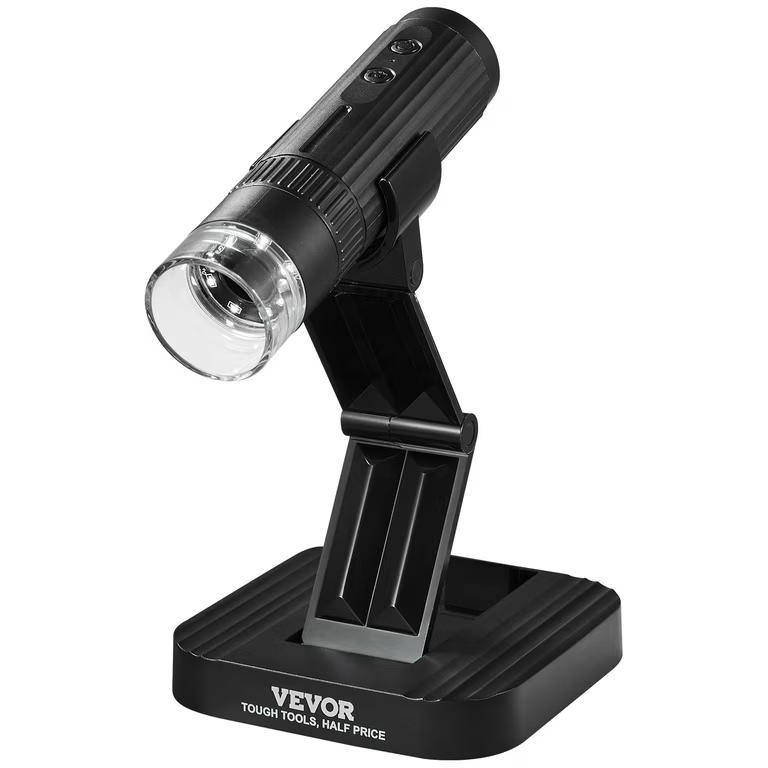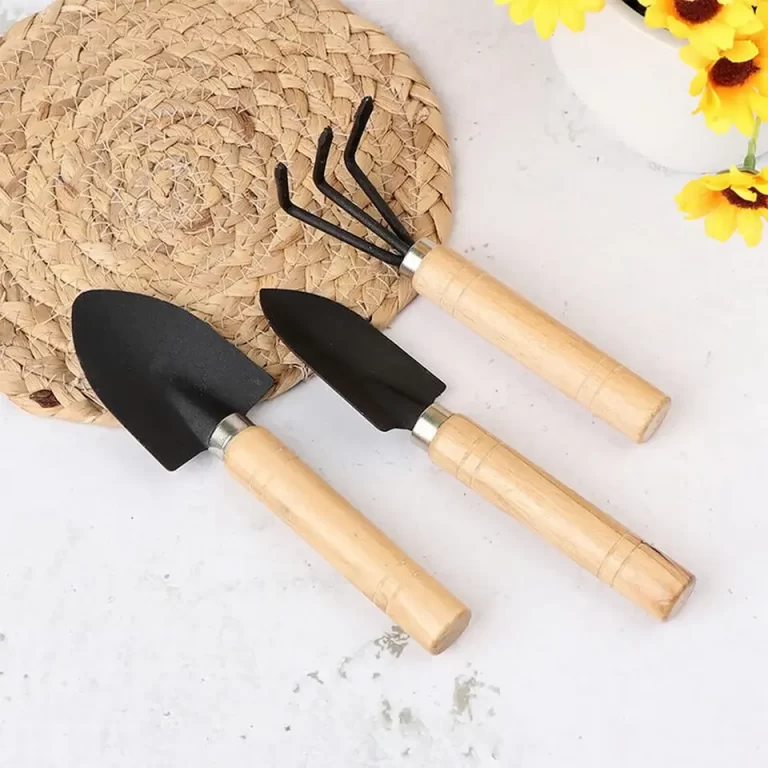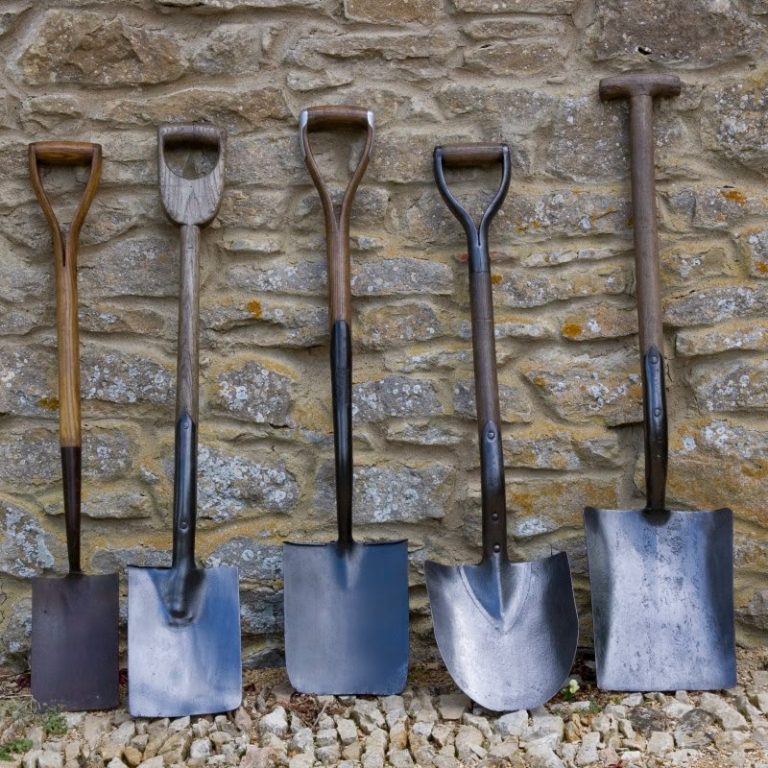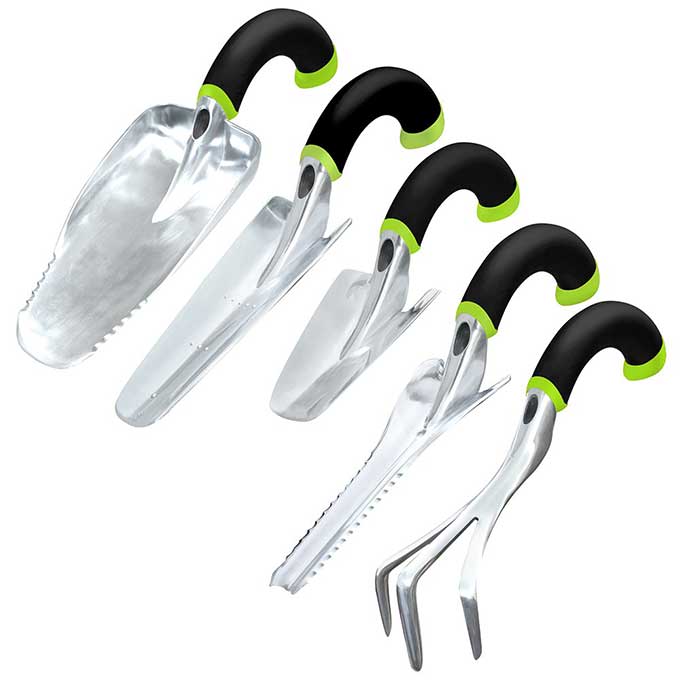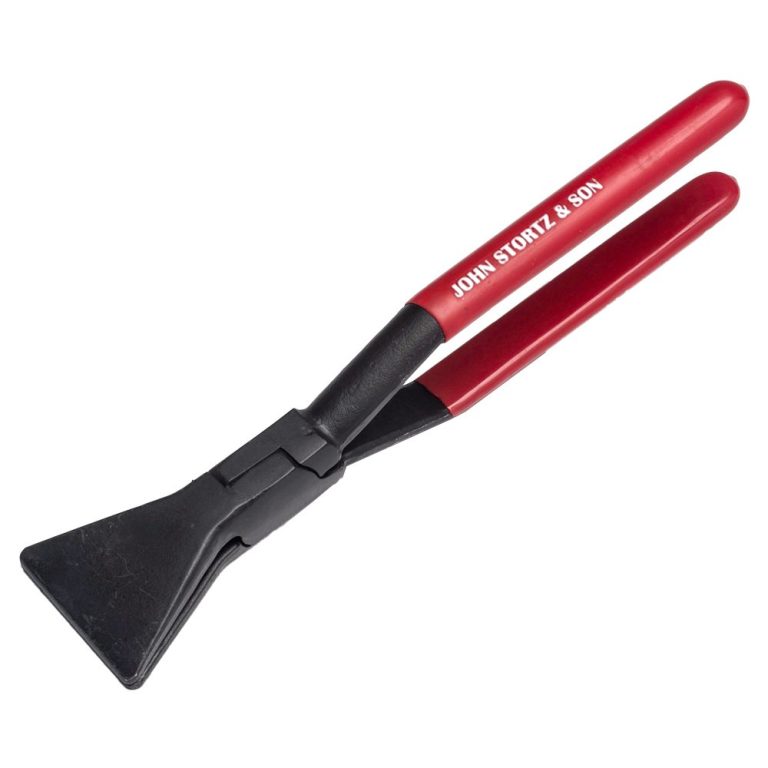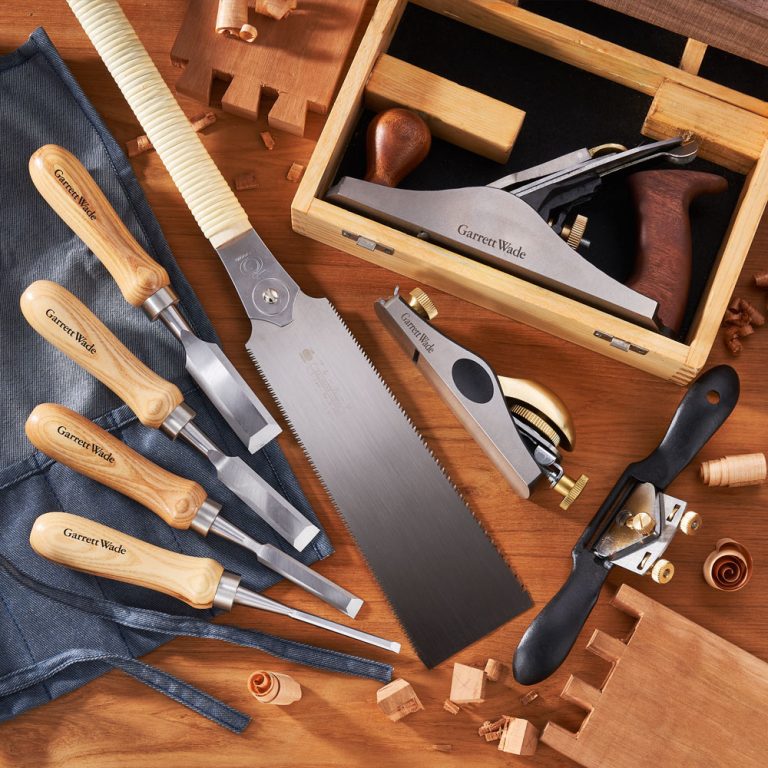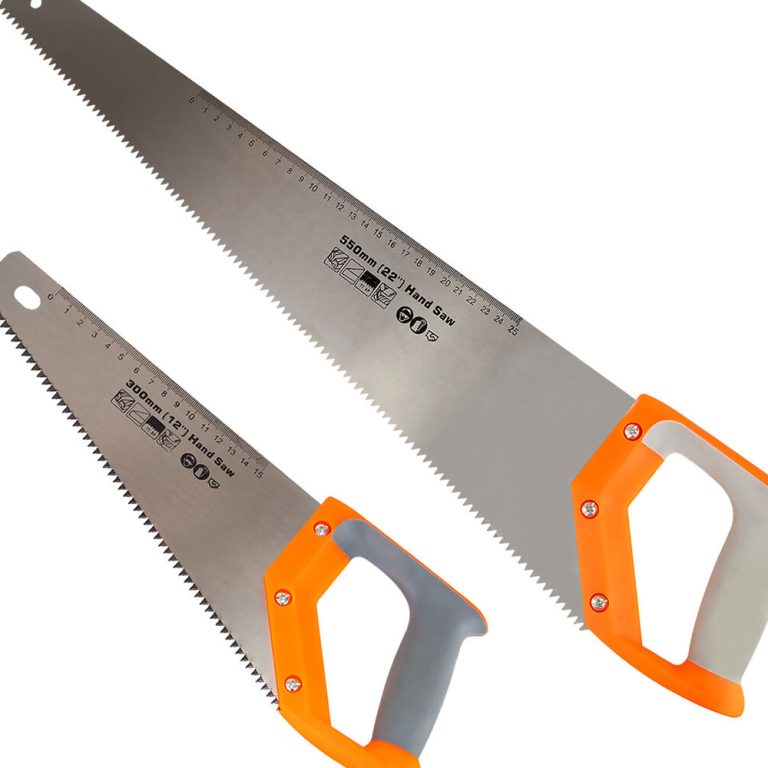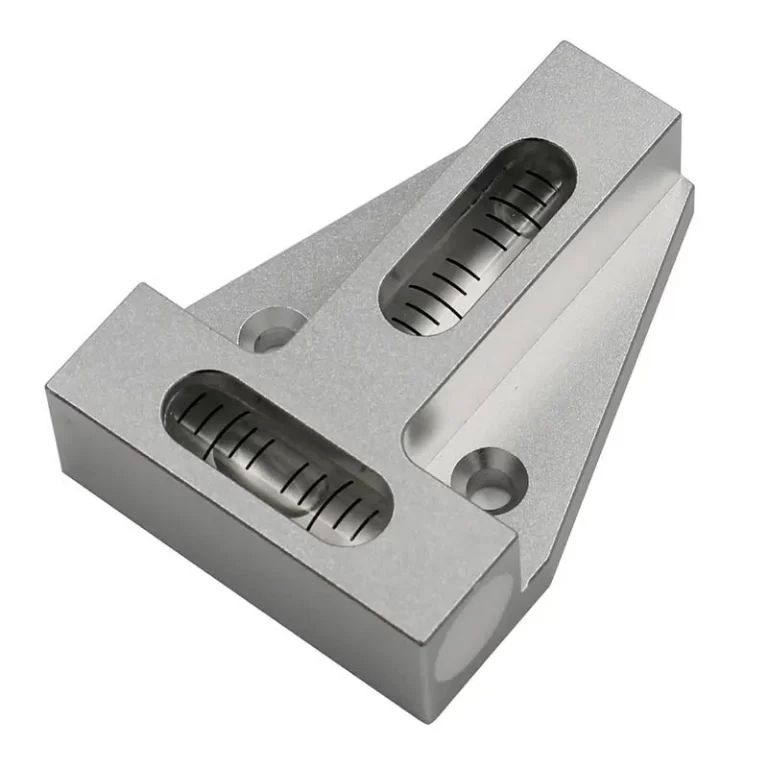Exploring the Fascinating World of Mini Microscopes
Mini microscopes ( ミニ顕微鏡) offer a unique insight into the unseen world around us. These compact devices are not just for scientists. They appeal to hobbyists, students, and anyone with a curious mind. This tool enables users to explore tiny details, opening up a realm of possibilities for discovery. In various fields, mini microscope provide a convenient and efficient way to observe the microscopic world. Whether it’s for learning or research, this equipment serves as a valuable asset.
The Basics of Mini Microscopes
Mini microscopes, also known as pocket microscopes, are portable and user-friendly. They feature different magnification levels, ranging from 30x to over 100x. This flexibility makes them suitable for various applications. Users can easily carry them in a pocket, making them ideal for spontaneous exploration. The optical components are specifically designed to offer clarity and sharpness. Most models come equipped with LED lights, illuminating specimens for enhanced visibility. This feature ensures that users can observe details in various lighting conditions.
Transitioning from basic models to advanced versions, many mini microscopes now incorporate digital technology. This advancement allows for image capture and analysis. Some models connect to smartphones or tablets, enabling users to share their findings in real time. As technology evolves, so do the capabilities of mini microscopes. Users are no longer confined to observing; they can document and share their discoveries with ease.

Educational Benefits of Mini Microscopes
Education remains one of the primary arenas for mini microscopes. Classes in biology, chemistry, and environmental science can significantly benefit from these tools. They enhance the learning experience by providing hands-on exploration. Students can observe cells, bacteria, and even tiny organisms directly. This involvement fosters a deeper understanding of complex concepts. Learning becomes tangible, moving from textbooks to real-world observations.
Moreover, mini microscopes encourage curiosity. When students can see the details of microscopic life, they often develop a passion for science. Teachers can incorporate mini microscopes into experiments to promote inquiry-based learning. This method sparks discussions and allows students to hypothesize based on their observations. Engaging with the material on this level promotes critical thinking skills.
Transitioning to more advanced studies, these tools bridge the gap between basic understanding and complex scientific principles. They offer a visual representation of subjects that might seem abstract in textbooks. Watching microorganisms move under magnification can lead to discussions about ecology, evolution, and biology’s fundamental concepts. Such experiences can inspire students to pursue scientific careers or explore their interests further.
Applications in Hobbies and Crafts
Beyond education, mini microscopes find applications in various hobbies and crafts. Enthusiasts who enjoy collecting specimens, such as stamps or insects, benefit greatly from these devices. The ability to observe intricate details enhances the appreciation for one’s collection. Collectors can examine textures, colors, and structural features that are often missed by the naked eye.
Craftsmen involved in jewelry making or model building also use these microscopes. Fine details need precision, and a mini microscope allows for meticulous work. Users can inspect stones, metals, and other materials closely before making alterations. This close-up observation can prevent mistakes and enhance overall quality.
Transitioning from crafts to nature observation, bird watchers and outdoor enthusiasts can also leverage mini microscopes. They can examine plants, insects, and other specimens while exploring the outdoors. This added layer of observation enhances the overall experience and appreciation of nature. With a mini microscope in hand, every outdoor adventure becomes an opportunity for discovery.

Scientific Research and Exploration
Mini microscopes also play a role in scientific research. Researchers often need portable solutions for fieldwork. Whether studying soil composition or examining plant life, these devices offer convenience. They allow scientists to document specimens directly from their environment. This immediacy can enhance data collection and expedite analysis.
Moreover, these microscopes can streamline the process of specimen identification. In the field, researchers can quickly analyze samples before returning to the lab. This efficiency is crucial for time-sensitive studies. By using mini microscopes, scientists can observe initial characteristics and determine their next steps.
Transitioning from fieldwork to laboratory settings, researchers often use mini microscopes for preliminary analyses. They can quickly assess samples brought back from experiments. This initial observation can lead to more detailed studies using standard lab microscopes. In this manner, mini microscopes serve as an essential part of the research process, bridging fieldwork and laboratory analysis.
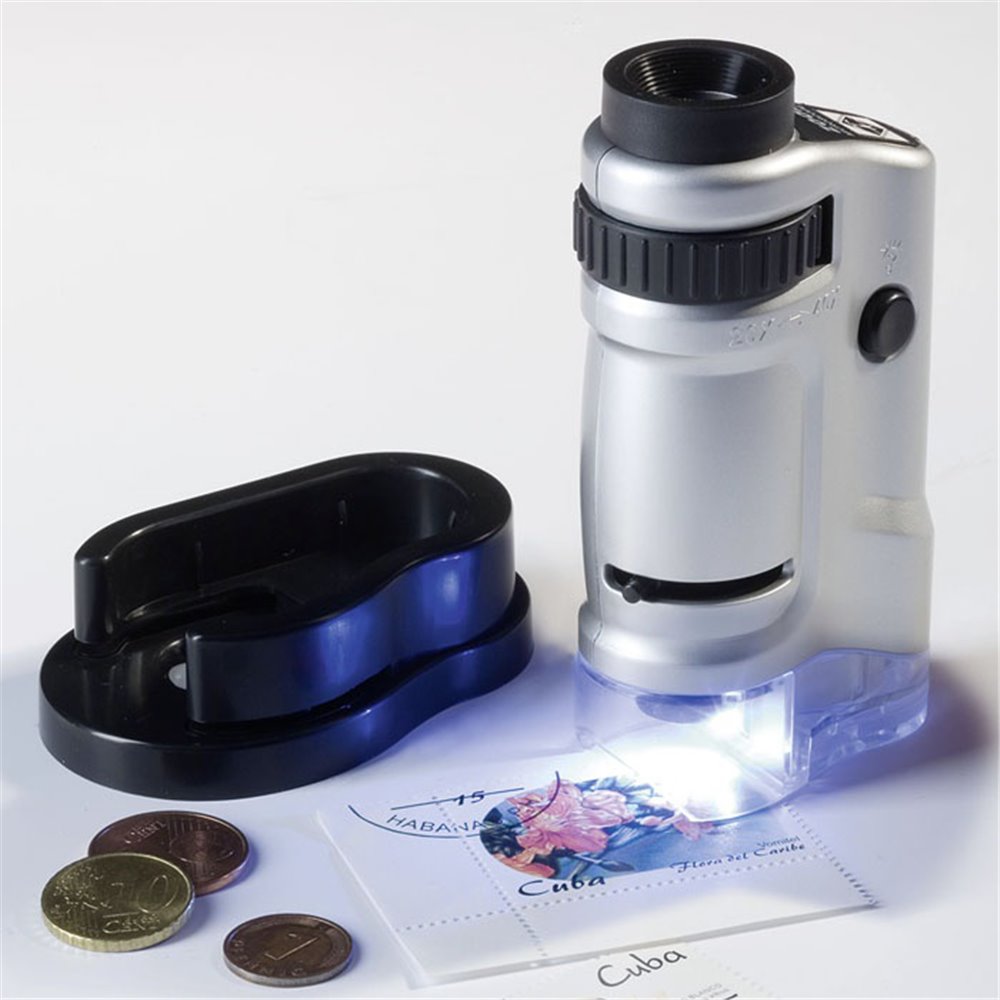
Health and Medical Uses
In the healthcare sector, mini microscopes find significant applications. Medical professionals often use them for quick examinations. For instance, dermatologists can examine skin conditions with these devices. The portability allows for immediate insights during patient consultations. Medical professionals can educate patients better with a visual representation of their conditions.
Additionally, mini microscopes are beneficial for students in medical training. They provide hands-on experience, allowing students to practice their skills. Future doctors can learn about tissue structures and cellular details essential for their education. This practical approach enhances their understanding and prepares them for real-world situations.
Transitioning into telemedicine, mini microscopes can facilitate remote consultations. Patients can use them to capture images of skin issues or other conditions. They can send these images to professionals via telecommunication. This capability improves access to healthcare and promotes timely interventions.
Environmental Monitoring and Conservation
Environmental scientists also utilize mini microscopes in their work. They monitor ecosystems and assess biodiversity at a microscopic level. This approach helps them understand environmental health and sustainability. By studying microorganisms in soil and water, researchers can gauge the ecosystem’s status.
Mini microscopes contribute to citizen science initiatives as well. Members of the public can engage in environmental monitoring by using these tools. Such initiatives empower communities to participate in conservation efforts actively. Participants can analyze samples from their environment and contribute to larger research projects.
Transitioning from individual efforts to community initiatives, education plays a significant role. Workshops can be organized to teach people about environmental science using mini microscopes. This approach encourages dialogue about conservation and ecological responsibility. Participants learn to appreciate their surroundings in a hands-on manner.

The Technological Evolution of Mini Microscopes
As technology continues to evolve, so do mini microscopes. Recent innovations have expanded their functionalities and features. Many modern models incorporate advanced optics, enhancing image quality and clarity. Users benefit from sharp and clear observations, making studies more productive.
Additionally, connectivity options have improved dramatically. Mini microscopes can now connect to smartphones or tablets via Bluetooth or USB. This feature allows for easy image capture and sharing. Users can document their findings quickly and efficiently, promoting collaboration among peers.
Transitioning to integrated software, some mini microscopes offer image analysis tools. This allows for more sophisticated studies, as users can quantify observations and perform measurements. This integration streamlines the process and reduces the need for additional equipment. As a result, mini microscopes are becoming essential tools in scientific research and education.
Choosing the Right Mini Microscope
Selecting the right mini microscope involves considering several factors. The intended use often dictates the choice. For educational purposes, a model with lower magnification may suffice. However, more advanced applications may require higher magnification levels and additional features.
Portability is another crucial factor. Users need a model that is easy to carry and durable. Battery life and build quality also contribute to the overall experience. A robust design ensures longevity, while good battery life prevents interruptions during use.
Transitioning to features, potential buyers should evaluate additional functionalities. Built-in lighting, image capture, and connectivity options are essential features. Each aspect adds value to the user experience, enhancing observation and analysis. Investing time in careful selection pays off in the long run, ensuring satisfaction and effective use.
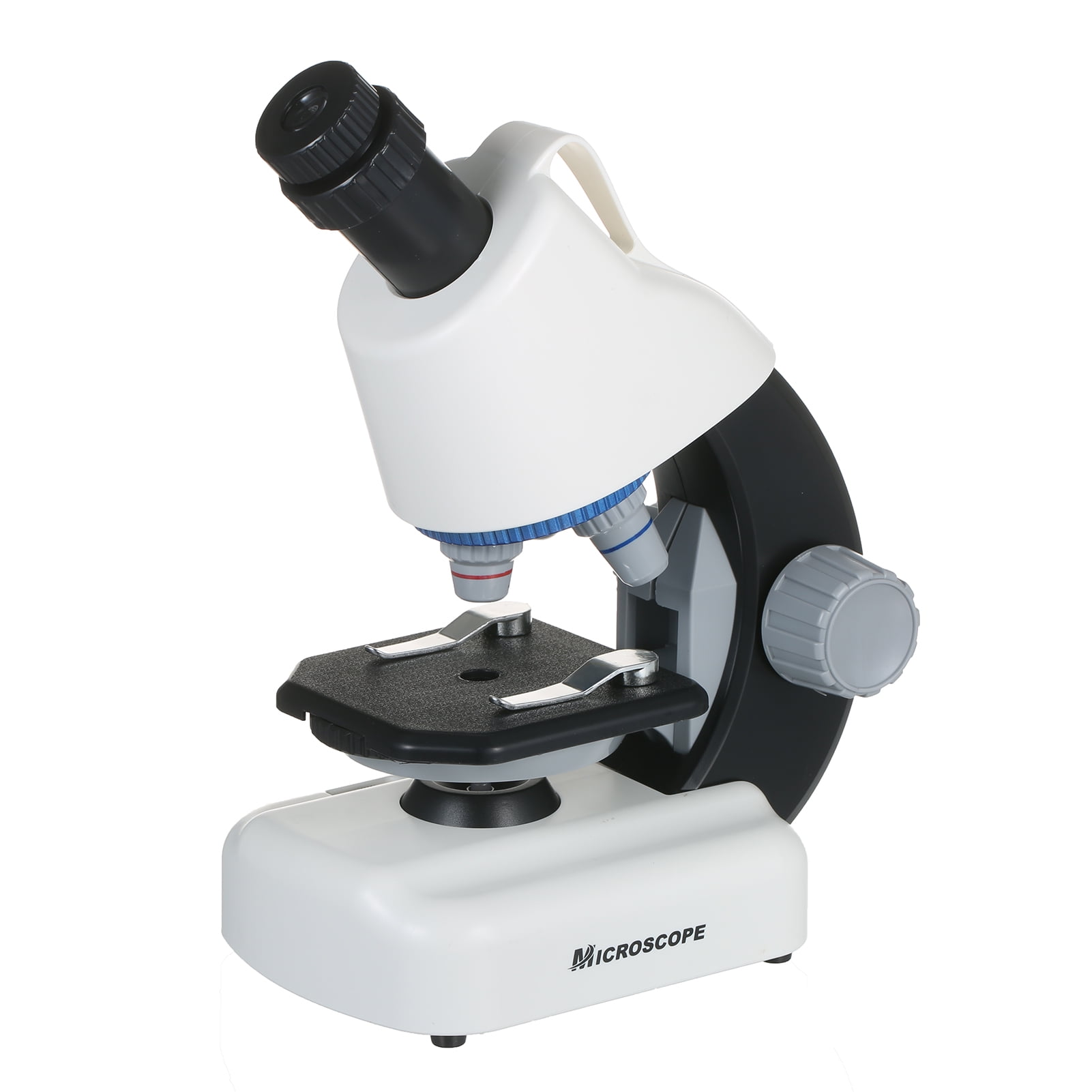
Maintenance and Care
Proper maintenance and care of mini microscopes are vital for longevity. Taking good care of the device ensures optimal performance over time. Basic maintenance includes keeping lenses clean and free from dust. Users should avoid using harsh chemicals that could damage optical surfaces.
Storing the microscope in a protective case when not in use is essential. This prevents accidental damage or scratches. Additionally, regular inspections for any loose components can help prolong lifespan. Addressing issues as they arise ensures the device remains in working condition.
Many manufacturers provide guidelines for specific care practices. Following these recommendations can reduce repair costs in the long run. Users should familiarize themselves with the manual that accompanies their device. Committing to regular maintenance leads to a rewarding experience with a mini microscope.
Conclusion: The Endless Possibilities of Mini Microscope
In conclusion, mini microscope offer countless opportunities for exploration and discovery. Their portability and versatility make them suitable for various applications. From education and research to hobbies and healthcare, these tools enhance understanding and appreciation of the microscopic world.
The ongoing advancements in technology promise even greater capabilities. As models continue to evolve, more users will find ways to incorporate them into their pursuits. This integration can lead to innovative approaches in science, education, and conservation.
Ultimately, mini microscopes empower individuals to bridge the gap between the macro and micro worlds. They spark curiosity and invite exploration, reminding us that there is always more to discover. With mini microscopes, the adventure of scientific exploration is just a lens away.
